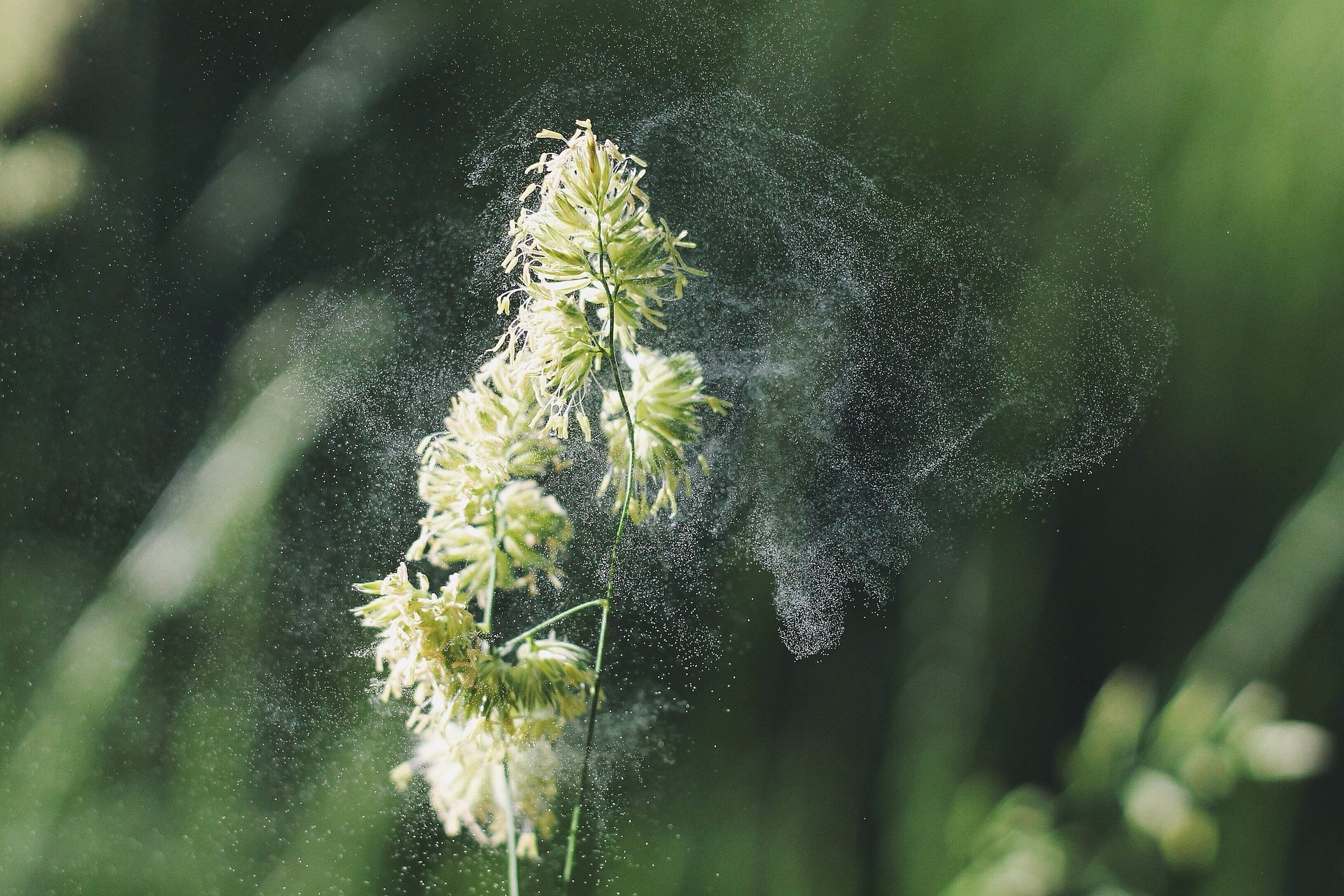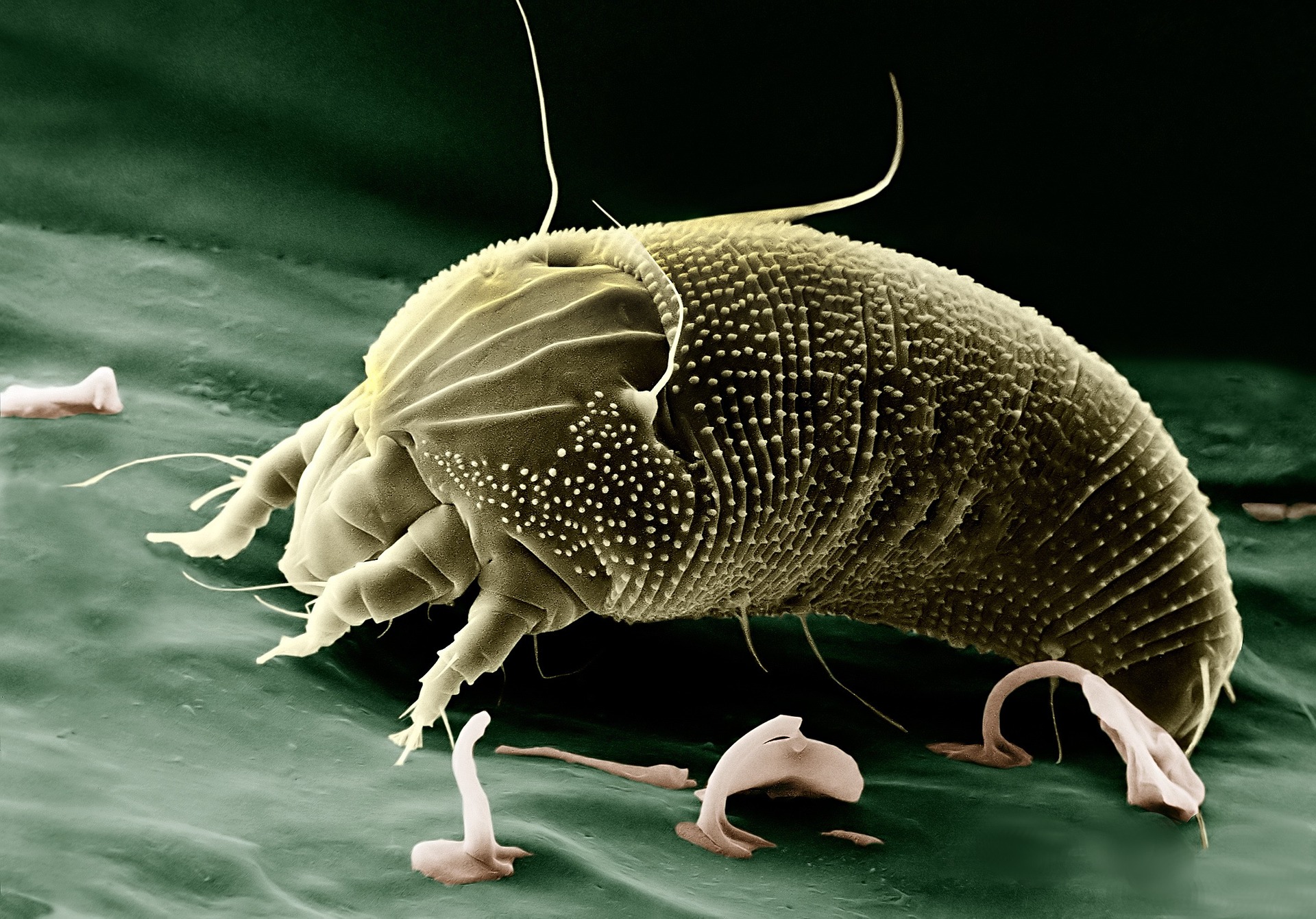4 out of 10 people will have some kind of allergy in there lives, whether it be pollen, food, certain materials and animals. Hay-fever or Allergic Rhinitis affects around 20% of the UK’s population, which makes it the most common type of allergy around. Closely followed by house dust/dust mite allergies, both hayfever and dust affect far too many people in the UK.

These allergies may seem impossible to control, especially with pollen and dust being everywhere. But with the right appliances and a slight lifestyle change, you will be able to live comfortably without suffering. If you are someone who suffers severely from hay fever and dust, an air purifier is going to help to help massively.
Pollen from trees, weeds, flowers and grass are the main contributors to hay fever. An air purifiers job is to trap pollen in its filters or use ions to completely eradicate the pollen spores and other contaminants. To determine which Air Purifier is best for you, there are a couple of factors to consider. Below are the different types of air purifiers you can purchase.
HEPA Filters
These types of filters must trap at least 99.97% of all particles larger than 0.3 microns, which the human eye can not see. A HEPA filter is a type of mechanical air filter; it works by forcing air through a fine mesh that traps harmful particles such as pollen, pet dander, dust mites, tobacco smoke, mould and bacteria. Because HEPA filters are able to trap mould and bacteria, they create a more sanitary environment without generating a harmful ozone. HEPA air purifiers are the most effective at trapping airborne particles, however, they do not remove odours, chemicals or gases.
Carbon Filters
Carbon filters work best when working with HEPA Filters, so we would advise you to try and find an air purifier that has both of these filters. Activated carbon is a form of carbon that has been processed to make it extremely porous and to give it a very large surface area for absorption. Try and think of it as a sponge that absorbs 99% of chemicals and odours. When used with a HEPA filter you can create substantially clean air.
Ion Filters
These filters produce negative ions that attach to other ions in the air, which include pollen and dust. When the particles become too heavy in the air, they either drop to the floor or stick to the walls. This means you will need to clean to get rid of the pollutants that are stuck to any hard surfaces.
UV Filters
UV Filters can only kill bacteria and viruses, as the UV lamp destroys any microorganisms that pass by. However, this filter doesn’t get rid of airborne particles which is why we suggest finding an air purifier with 2-3 stages if you want the maximum benefit of an air purifier.
There are quite a few types of air purifiers around, so depending on your needs, depends on which air purifier you should buy.
Dust Mite Allergies
 If you suffer from dust mite allergies we suggest the following:
If you suffer from dust mite allergies we suggest the following:
Nasal Balm
Apply a nasal balm in the morning and before you go to bed, this will help to trap pollen or dust in the balm and save it from going up your nose.
Try and figure out where you suffer the most in your house, for example, many people tend to suffer from their allergies in their bedroom, which makes it an ideal place to put your air purifier.
Clean
Clean! If you suffer from dust allergies you need to be cleaning at least once a week. We suggest getting rid of clutter on surfaces to make cleaning quicker. Also, use a hoover that has a HEPA filter as this catches dust mites and pollen.
60°C Wash
Wash bedding once a week at 60°C, but check before you wash, as many duvet covers and sheets cannot be washed at this temperature. Dust mites and dust allergens are killed at this temperature, if you wash your bedding below this temperature you will only kill the dust mite and not the allergens. For many people, the dust mite allergen is what causes allergies.
Protection Bedding
Get dust mite protection bedding and covers. This type of bedding stops dust mites from burying into your mattress and sheets. This bedding can be washed at 60°C without affecting the material.
Visit a GP
Visit your doctor to see what exactly you're allergic to which may seem like a pain, but you will be able to identify what exactly you are allergic too. Visiting the doctor can also result in correct medication, whether that be antihistamine or nose drops.
Get Rid of as Many Material Items as Possible
Bin the carpet and curtains, unfortunately, carpets and sofas are the best places for dust mites to hide. Mattresses are also a good place, but as we discussed above, using a protective cover can stop them from burying into your mattress.
With carpets, non-leather sofas and curtains, you are not able to use a protective cover like a mattress. The solution; laminate floor or Lino are great alternatives to a carpet and can be cleaned and washed easily. Dust mites can’t burrow into hard flooring, unlike carpets, where the dust mites cling to all the fibres. This means you’ll be able to hover and get rid of any dust mites lurking.
Another tip is to buy leather sofas, like hard flooring these can be cleaned with ease and dust mites can’t cling to fibres. If you love non-leather sofas, buy a throw that can be washed at 60°C.
Get rid of your curtains and buy hard blinds that can be hoovered and dusted.
Mould
Get rid of mould, dust mites love damp, warm places and mould is the perfect environment for dust mites to multiply. Air purifiers that use heat sterilisation or HEPA filters can eradicate mould spores and prevent it from growing on your walls.
Air Free Purifiers
The Airfree incinerates contaminants such as mould and dust mites. They also deal with any airborne dust mites and fragments of their allergenic droppings. The Airfree range is ideal for use in the bedroom as they're completely silent.
Tips on Using your Air Purifier
If you find your air purifier not working as well as you imagined it to, you might be doing something wrong.
Placement
When placing your air purifier in a room, you want to be conscious of where it's situated. Don’t place it on the floor or in an enclosed area e.g between furniture. This can make the air purifier less effective as it hasn’t got sufficient room to work. Make sure to place the air purifier in an open space on top of a cabinet or at least off of the floor.
Keep doors closed
Each air purifier will have different specifications as to how big of space it can purify, this is typically a room, not a whole house. Think of an air purifier as air con in the car, you tend to shut all windows in the car so you can cool down quicker and keep the car at a constant temperature.
This is the same principle with air purifiers, as when you put your air purifier on you should close all doors attached to that room. This stops the contaminants from other rooms, entering the room that is getting purified.

